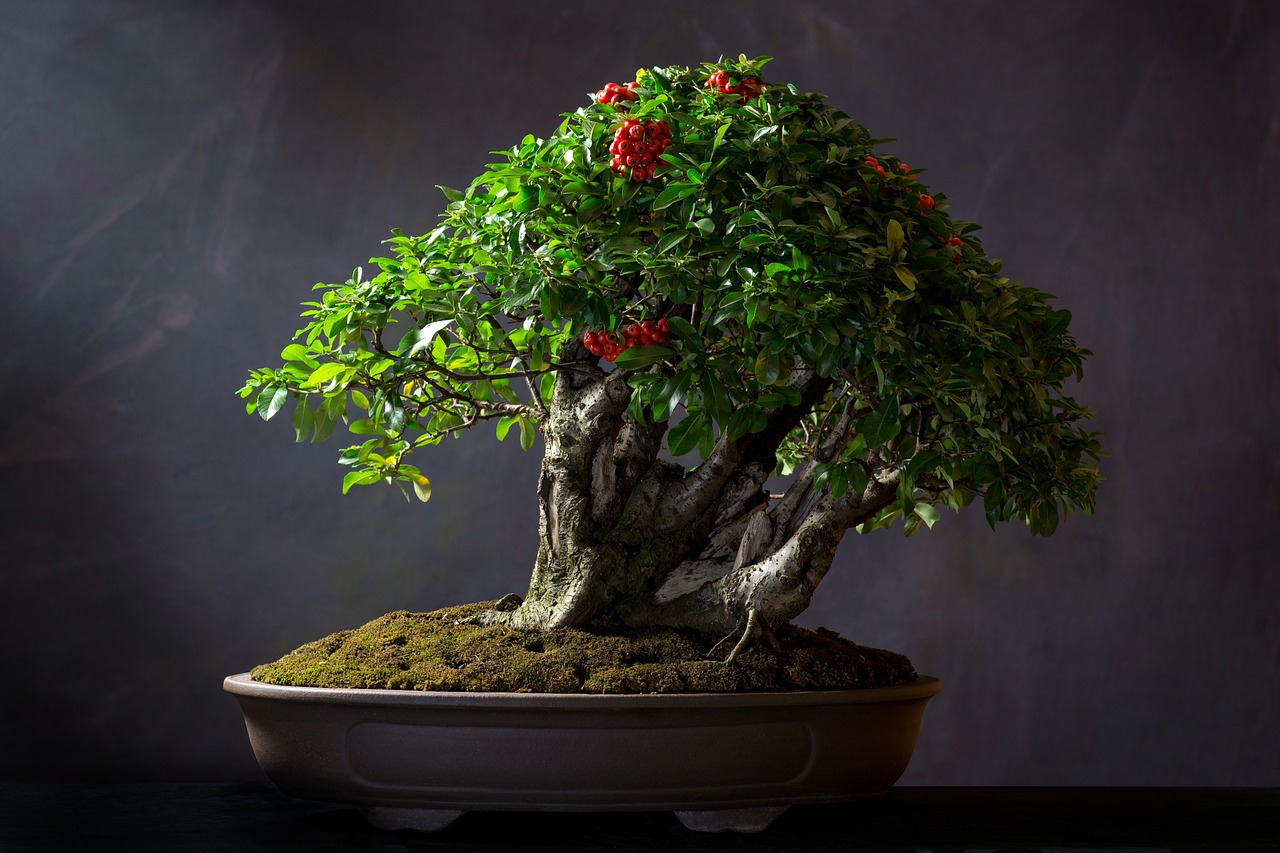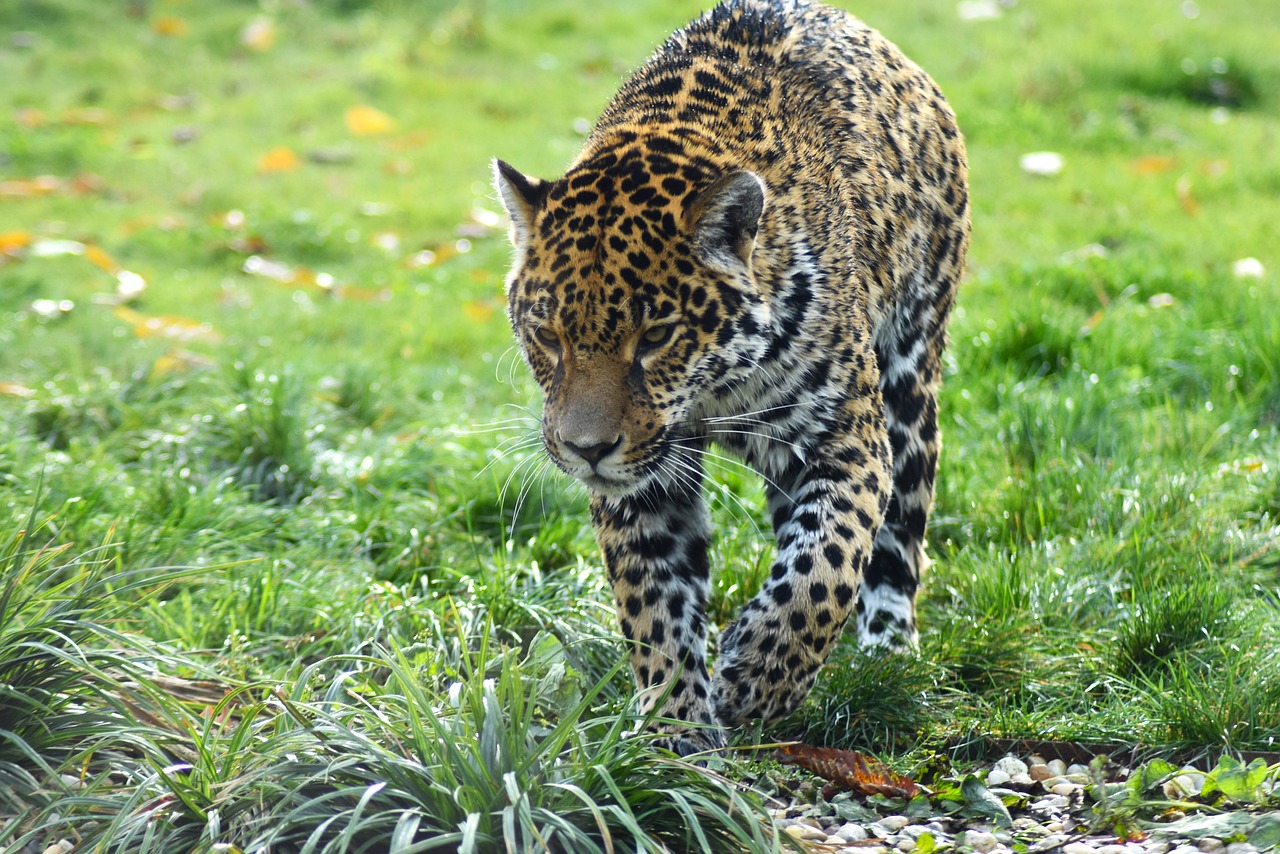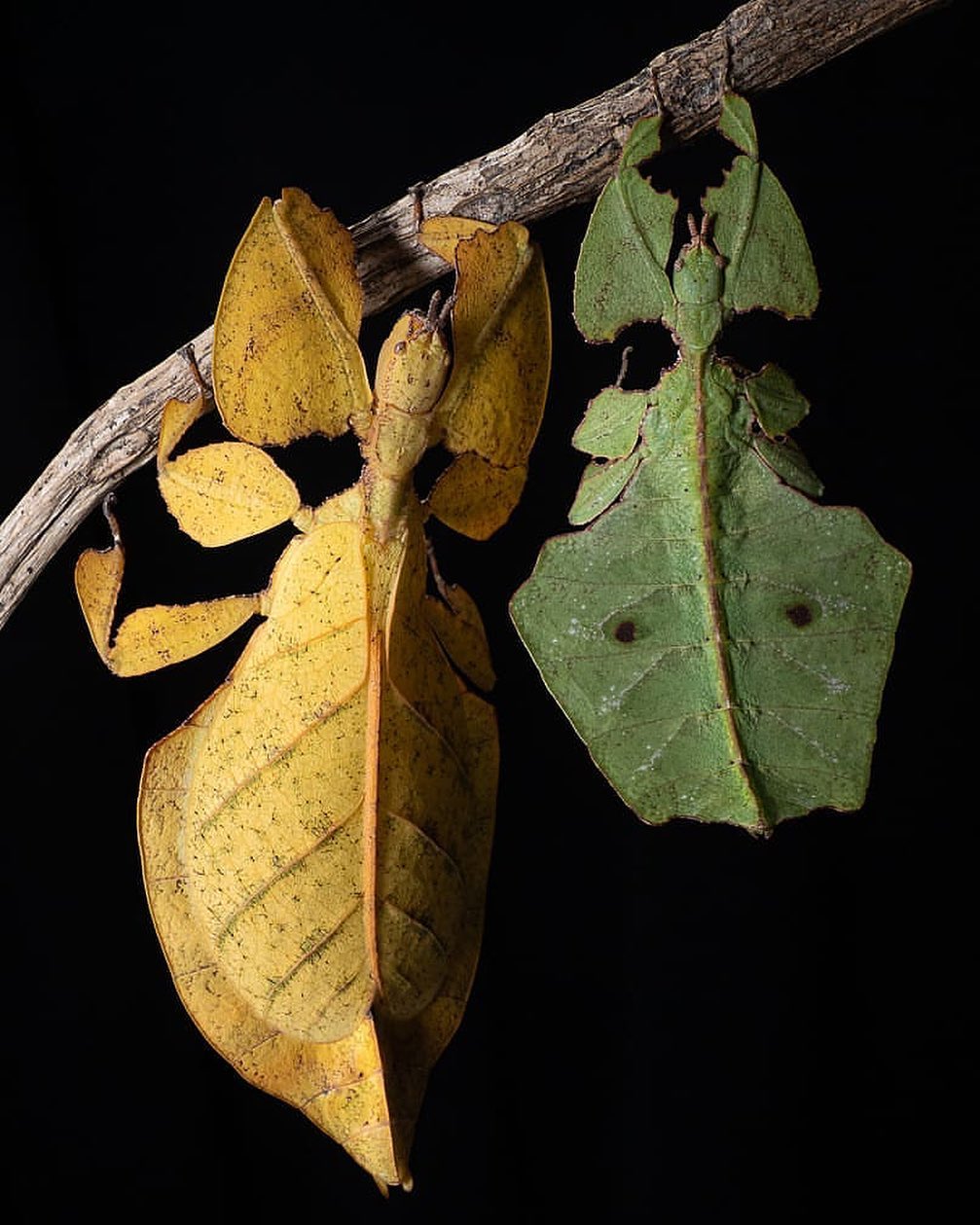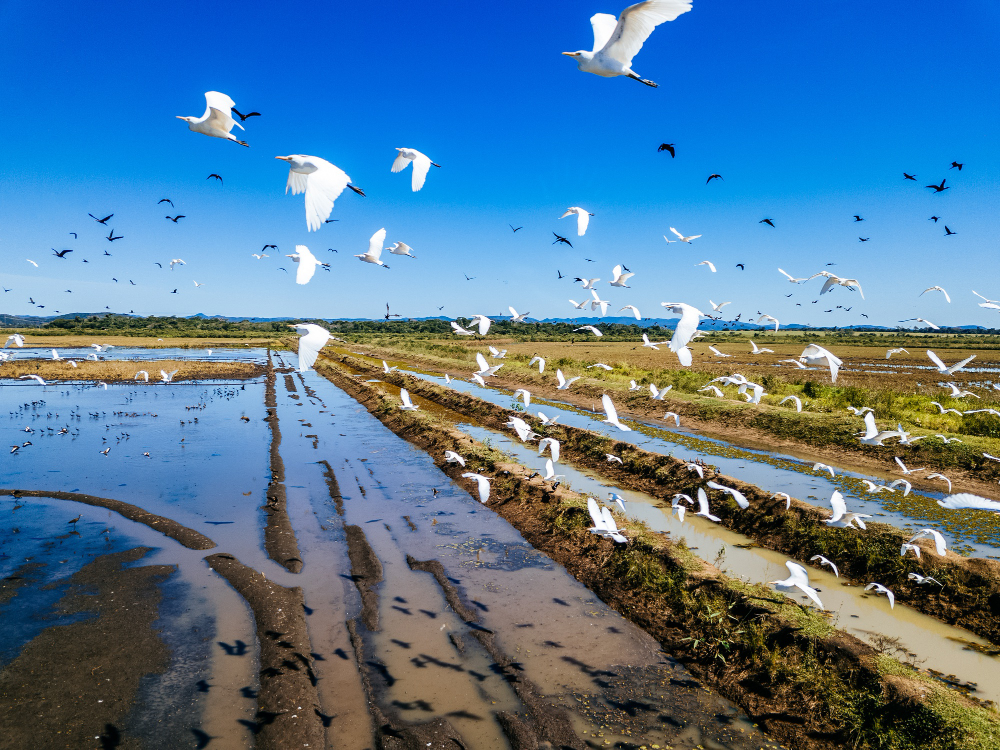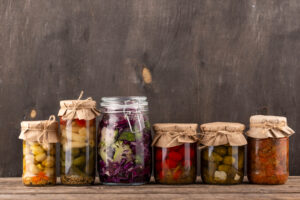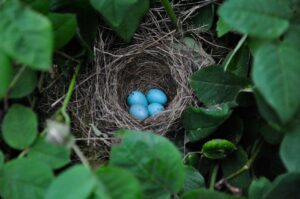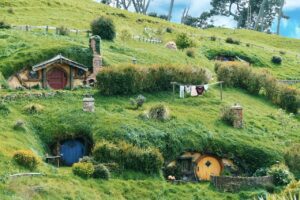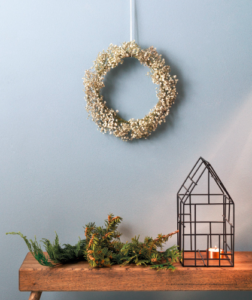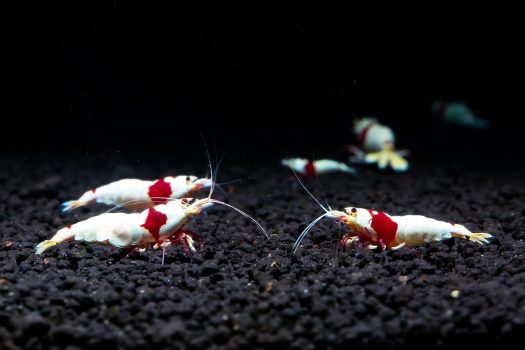 Pin
Pin Image by 성혁 이 from Pixabay
Shrimp are more than just small tank additions—they’re full-on team players in any thriving aquaculture or aquascape setup. In this guide, we’re digging into 10 Types of Shrimp that are widely used for both their practical value and visual appeal. Some are bold in color, others are expert cleaners, and a few even help balance your entire tank environment.
If you’ve ever wondered which shrimp could handle algae, help cycle a tank, or just give your aquascape that polished, natural feel, this article has what you need. Each type listed here has specific perks. Some are ideal for small tanks, others for breeding projects or even large-scale shrimp farming.
Table of Contents
1. Cherry Shrimp (Neocaridina davidi)
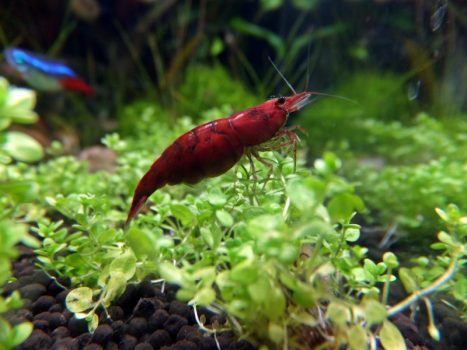 Pin
Pin Stevencaller, CC BY-SA 3.0, via Wikimedia Commons
If there’s one shrimp that even people outside the hobby recognize, it’s the Cherry Shrimp. These little guys come in vibrant reds that seriously stand out in any aquascape. But they’re more than just pretty—they’re algae munchers and trash collectors, always moving and grazing.
Cherry Shrimp are popular for good reason. They’re super low-maintenance, breed fast in a healthy tank, and don’t need any crazy conditions. Even if you’re just starting out, you won’t have much trouble keeping them alive and thriving. Their color range is impressive too—there are grades like Sakura and Fire Red if you’re into higher-end looks.
They get along well with peaceful fish and love planted tanks with lots of cover. If you want a shrimp that’s both functional and good-looking, Cherry Shrimp are a no-brainer.
2. Amano Shrimp (Caridina multidentata)
 Pin
Pin Image by Marta Bystroń from Pixabay
Amano Shrimp are like the cleanup crew bosses of the shrimp world. If your tank’s got algae problems, they’ll handle it. They’re known for their non-stop grazing and can wipe out soft algae from plants, glass, and decorations without damaging anything. That alone makes them a favorite in both aquaculture and aquascaping setups.
They’re slightly bigger than most other shrimp on this list, and their clear bodies with tiny dotted lines might not be flashy—but they make up for it in work ethic. These shrimp are peaceful and do best in groups, especially in larger tanks where there’s plenty to clean up. They also tend to live longer than most shrimp, with some making it past the 2- to 3-year mark.
Breeding them in home tanks is tricky, though—they require brackish water for the larvae stage. So, if you’re into breeding, they might not be your first choice. But if you want reliable workers, Amanos get the job done.
3. Ghost Shrimp (Palaemonetes paludosus)
 Pin
Pin Image by Beauty Yi
Ghost Shrimp are often underrated because of their see-through bodies, but don’t let their looks fool you—they’re solid performers in both aquaculture and aquascaping. Their transparency actually makes them cool to watch as they move around, grab food, and interact with their surroundings. Plus, they’re super affordable, so people often use them in large numbers.
These shrimp are scavengers by nature. They’ll eat leftover fish food, decaying plant bits, and whatever else they can find. That makes them useful in tanks where you want extra help keeping things clean. In aquaculture setups, they’re sometimes used as feeder shrimp too, especially for carnivorous fish species.
One thing to keep in mind—they’re more aggressive than most dwarf shrimp. They might nip at smaller tank mates or compete aggressively for food. Still, with the right tank conditions and enough space, they thrive and do their job well. Great option if you’re going budget-friendly and practical.
4. Crystal Red Shrimp (Caridina cantonensis)
 Pin
Pin Image by 성혁 이 from Pixabay
Crystal Red Shrimp are the designer shrimp of freshwater tanks. With their striking red and white patterns, they’re like living ornaments in an aquascape. These shrimp are a favorite among hobbyists who care just as much about aesthetics as function. They’re peaceful, graceful, and bring a touch of class to any planted setup.
But here’s the deal—they’re not the easiest shrimp to keep. Crystal Reds need stable, clean water with soft acidity. They’re sensitive to changes in parameters, so if your water quality fluctuates often, they’ll struggle. Because of that, they’re not ideal for beginners or casual setups. But in the hands of someone experienced, they thrive and breed well.
In aquascaping, they’re perfect for calm, high-end display tanks. In aquaculture, some keepers breed them selectively for better patterns and higher grades, which can sell for a decent price. If you’re after beauty and don’t mind a bit of extra care, Crystal Reds are worth the attention.
5. Blue Velvet Shrimp (Neocaridina davidi var. blue)
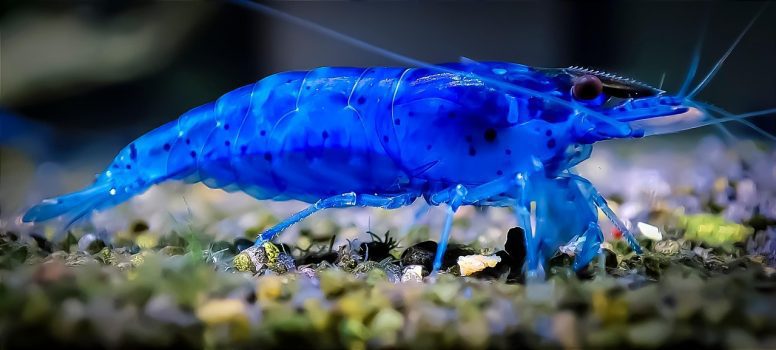 Pin
Pin Image by Andreas Poznanski from Pixabay
Blue Velvet Shrimp bring a cool, ocean-like vibe to freshwater tanks. They’re a color variation of the same species as Cherry Shrimp, but instead of red, they come in stunning shades of deep or electric blue. If your aquascape has green plants or dark substrates, these shrimp stand out like glowing gems.
What makes them appealing—besides their color—is their easy-going nature. They’re beginner-friendly, hardy, and don’t need special water conditions. As long as you keep things stable and avoid copper-based medications, they’ll thrive and even breed with ease. Like their red cousins, they’re also little janitors—constantly cleaning up algae, biofilm, and detritus.
In aquaculture, Blue Velvets are often bred for color consistency and quality. You might need to separate the higher-grade ones if you’re planning to sell or showcase them. They’re peaceful and get along well with other non-aggressive tank mates. If you’re building a tank with aesthetic balance and low maintenance, these shrimp fit right in.
6. Bamboo Shrimp (Atyopsis moluccensis)
 Pin
Pin Marrabbio2, CC BY-SA 3.0, via Wikimedia Commons
Bamboo Shrimp are a bit different from most others on this list—they don’t scrape the tank floor or nibble on algae. Instead, they’re filter feeders. That means they sit in areas with good water flow, stretch out their fan-like arms, and catch tiny particles floating in the water. It’s kind of mesmerizing to watch.
These shrimp can grow quite large compared to dwarf species—sometimes reaching up to 3 inches. Because of their size and unique feeding style, they’re best kept in well-established tanks with strong flow and plenty of microscopic food in the water. Supplemental feeding with powdered shrimp food or crushed flakes helps too.
In aquascaping, they add a calm, alien-like presence. They don’t cause trouble, they don’t bother plants or other shrimp, and they’re completely peaceful. Just make sure your tank isn’t too “clean,” or they’ll struggle to find enough to eat. For anyone looking to add variety and peaceful motion to their setup, Bamboo Shrimp are a solid pick.
7. Tiger Shrimp (Caridina mariae)
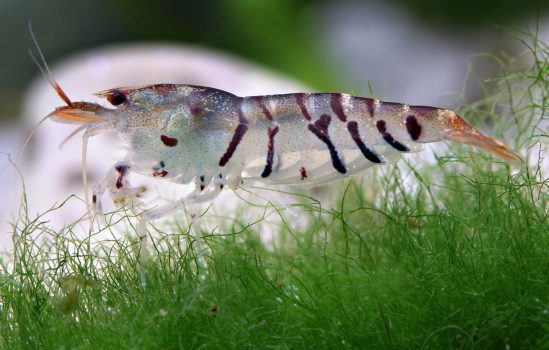 Pin
Pin Image by garnelio.de
Tiger Shrimp are eye-catching with their translucent bodies covered in black, red, or blue stripes that look like miniature tiger markings. They’ve got that wild, natural look that fits perfectly in well-planted or nature-style aquascapes. Some variants like the Blue or Super Tiger even come with subtle color blends that pop under soft lighting.
They’re not the easiest shrimp to care for but not overly complicated either. They prefer soft, slightly acidic water, and steady water parameters. If the tank is stable and clean, Tiger Shrimp can live comfortably and breed in captivity, especially in shrimp-dedicated setups where there are no predators to stress them out.
In aquaculture, they’re often bred for pattern clarity and unique color combinations. Their demand isn’t as massive as Cherry Shrimp, but shrimp keepers and sellers do value well-marked Tiger Shrimp. They’re a good middle-ground choice for keepers who want more style than a beginner shrimp but less maintenance than the really high-grade ones.
8. Snowball Shrimp (Neocaridina cf. zhangjiajiensis)
 Pin
Pin Image by topickaquarium
Snowball Shrimp are exactly what they sound like—tiny, bright white shrimp that look like moving pearls against the green of aquatic plants. Their eggs even resemble little snowballs, which is how they got their name. They’re calm, peaceful, and perfect if you’re building an aquascape that leans toward a soft, minimalistic style.
These shrimp are hardy and easy to care for, much like their Cherry Shrimp cousins. They handle a wide range of water conditions and breed without much intervention. That makes them a good pick for beginners or anyone who doesn’t want the stress of managing exact parameters all the time.
In aquaculture, they’re mainly bred for their clean, opaque white look. Because they breed quickly, you can grow a colony fast, especially in tanks with low fish competition. If you’re selling or swapping shrimp, their unique appearance makes them stand out in a lineup. Snowball Shrimp offer a balance of aesthetics and simplicity without much risk.
9. Yellow Shrimp (Neocaridina davidi var. yellow)
 Pin
Pin Image by freshwateraquatica
Yellow Shrimp bring sunshine into a tank—literally. Their bright lemon or golden-yellow bodies make them one of the most cheerful-looking shrimp you can add to a freshwater setup. They’re another color morph of the Neocaridina davidi family, so they come with the same hardy nature and easy care requirements as Cherry and Blue Velvet Shrimp.
These shrimp are perfect for beginner-friendly aquascapes. They don’t demand soft water or precise pH levels. A cycled, planted tank with basic filtration and zero predators is all they need. Once they settle in, they breed like crazy, filling your tank with bright yellow motion.
In aquaculture, they’re often bred for their uniform color and clarity. High-grade Yellow Shrimp have solid color from head to tail, without blotchy patches. They’re also great for algae control, picking at surfaces all day long. If your aquascape needs a pop of color that’s both functional and beginner-proof, Yellow Shrimp are an easy win.
10. Malaysian Trumpet Snail (Melanoides tuberculata)
 Pin
Pin Image by flipaquatics
While not technically a shrimp, the Malaysian Trumpet Snail is often considered a companion in aquascapes where shrimp live. These snails are incredible at burrowing into the substrate, which helps aerate the soil and prevent it from compacting. Plus, they consume uneaten food and decaying matter, keeping the tank clean much like shrimp do.
Malaysian Trumpet Snails are hardy creatures that can survive a variety of water conditions, which makes them perfect for almost any tank setup. They breed fast, and once you have a few, you’ll quickly see their population grow. This makes them ideal for aquaculture, where you might want a constant supply of snails for breeding fish or feeding larger animals.
In aquascaping, they’re a bit stealthy—since they stay mostly hidden in the substrate, they don’t disrupt the aesthetic of the tank. If you’re looking for a cleanup crew that operates quietly behind the scenes while complementing your shrimp population, these snails are an excellent addition.
Tips to Ensure Success
- Maintain Water Quality: Shrimp are sensitive to water conditions, so regularly check and maintain parameters such as pH, ammonia, nitrites, and nitrates. Clean, stable water promotes health and breeding.
- Avoid Copper: Copper is toxic to shrimp. Always ensure that any medications or treatments used in the tank are free from copper to prevent harming your shrimp.
- Provide Hiding Spots: Shrimp love to hide, especially when they molt. Adding plants, rocks, and decorations not only creates a natural look but also gives them a sense of security, reducing stress.
- Supplement Their Diet: While most shrimp are scavengers, they can benefit from occasional supplemental feeding. Provide sinking pellets, algae wafers, or blanched vegetables to ensure they get the nutrients they need.
- Avoid Aggressive Fish: Shrimp are peaceful creatures but can easily become a meal for aggressive or large fish. Be sure to pair your shrimp with calm, non-predatory tank mates.
- Monitor Breeding: Many shrimp breed quickly, so it’s important to monitor their population. Some species like Amano Shrimp and Crystal Reds require specific conditions to breed, while others, like Cherry and Yellow Shrimp, will breed rapidly without much effort.
- Keep the Tank Clean: While shrimp are excellent at cleaning up leftover food and algae, they still need a clean environment. Regular water changes and tank maintenance will keep everything balanced and prevent the buildup of harmful toxins.
- Avoid Overcrowding: Too many shrimp in a tank can lead to competition for food, space, and oxygen. Ensure that your tank has enough room for them to thrive and establish territories without overcrowding.
- Start with Easy Species: If you’re new to shrimp keeping, start with hardy species like Cherry Shrimp or Ghost Shrimp. Once you get the hang of shrimp care, you can move on to more sensitive species like Crystal Red or Bamboo Shrimp.
- Provide Strong Water Flow for Filter Feeders: For shrimp like Bamboo Shrimp that filter feed, ensure your tank has a good water flow to carry microscopic food particles. An aquarium pump or strong filter will help.
FAQs
For beginners, Cherry Shrimp and Ghost Shrimp are the best options. They are hardy, easy to care for, and adapt well to various water conditions. They also breed quickly, making them ideal for first-time shrimp keepers.
Yes, shrimp can live with fish, but it’s important to choose peaceful fish that won’t see them as food. Fish like small tetras, guppies, or bettas are usually safe tank mates, while larger or more aggressive fish may prey on shrimp.
Most shrimp species, like Cherry Shrimp and Yellow Shrimp, breed easily in a well-maintained tank with stable water parameters. Ensure the water is clean, slightly acidic to neutral, and provide plenty of hiding spots. Some species, like Amano Shrimp, require brackish water for their larvae to survive, making breeding a bit more complicated.
Bamboo Shrimp require a strong water flow to filter feed effectively. Make sure the tank has good filtration or a gentle pump to bring microscopic food particles to them. They also need a larger tank with stable water quality to thrive.
Yes! Shrimp like Amano Shrimp and Ghost Shrimp are excellent algae eaters. They help keep your tank clean by consuming soft algae, biofilm, and detritus. However, they won’t remove stubborn algae like hard green spot algae, so additional algae control may be needed in some tanks.







